Category: Architectural Styles - Page 3

How Renaissance Architecture Shapes Modern Design and Cities Today
What survives from Renaissance architecture today? Clear principles, modern examples, and a cheat sheet to spot it in buildings, squares, and skylines.
Read more
Pushing the Envelope with Deconstructivism: Design, Structure, and Cost
A clear, practical guide to pushing deconstructivism beyond sculpture-covering design methods, structure, budget, and buildability, with examples and checklists.
Read more
Reviving the Renaissance: How Renaissance Architecture Shapes Modern Design Today
A clear, practical guide to how Renaissance ideas-proportion, symmetry, order-shape modern architecture, with examples, checklists, and step-by-step tips.
Read more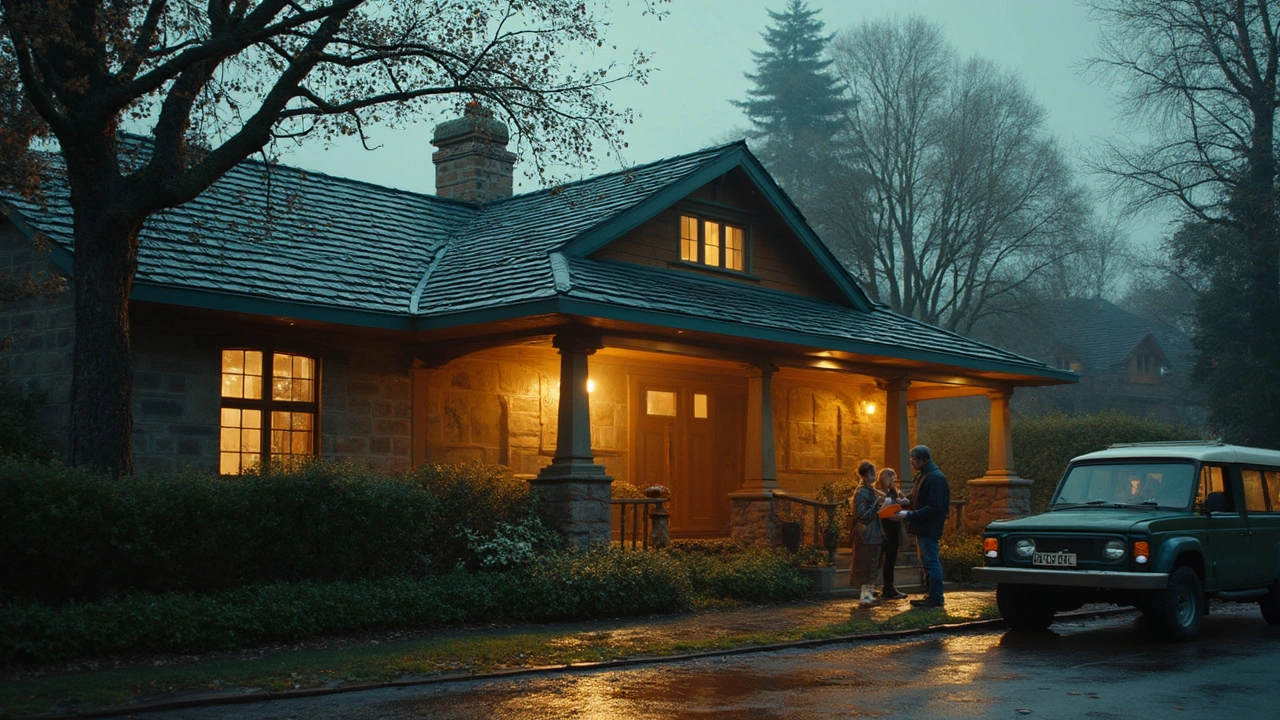
Unseen Beauty of American Craftsman Homes: Guide to Details & Restoration
Discover the quiet magic of American Craftsman homes-how to spot authentic details, restore them with care, choose colors, and live beautifully with historic character.
Read more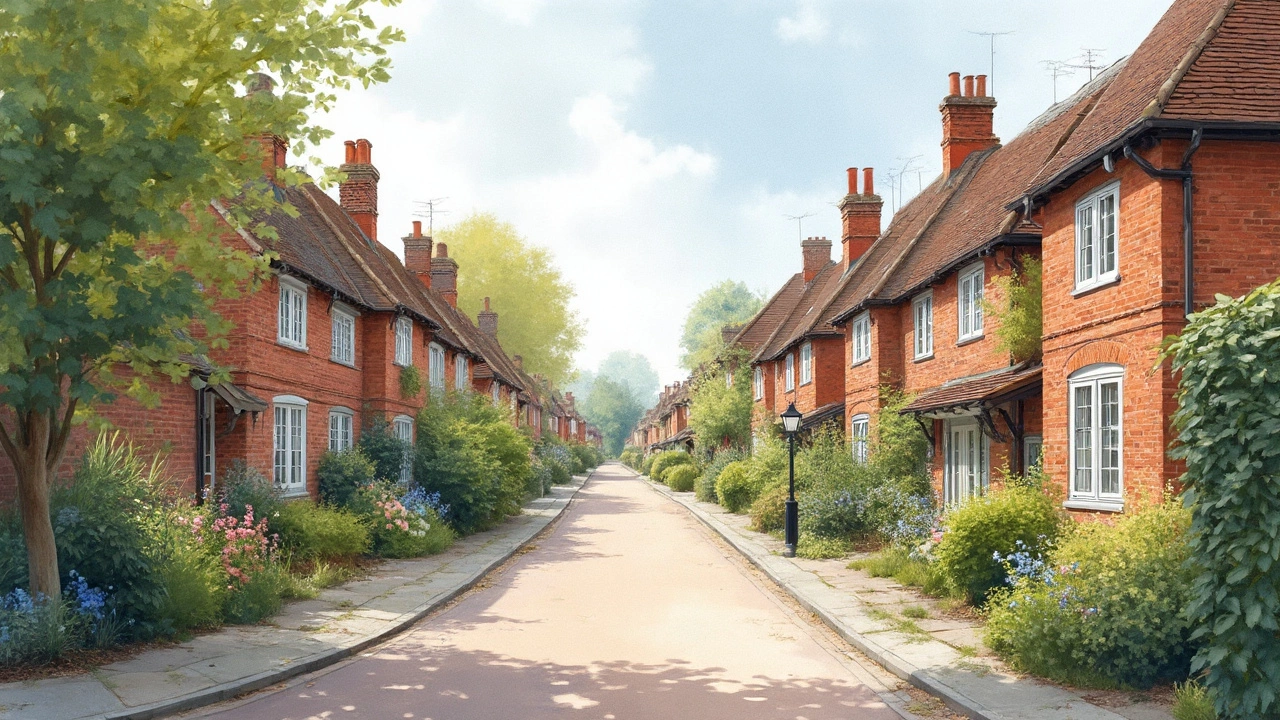
Exploring Dutch Colonial Revival Architecture: Unique Features and Historic Charm
Unpack the fascinating world of Dutch Colonial Revival homes. Discover unique features, practical tips, and why this design still turns heads today.
Read more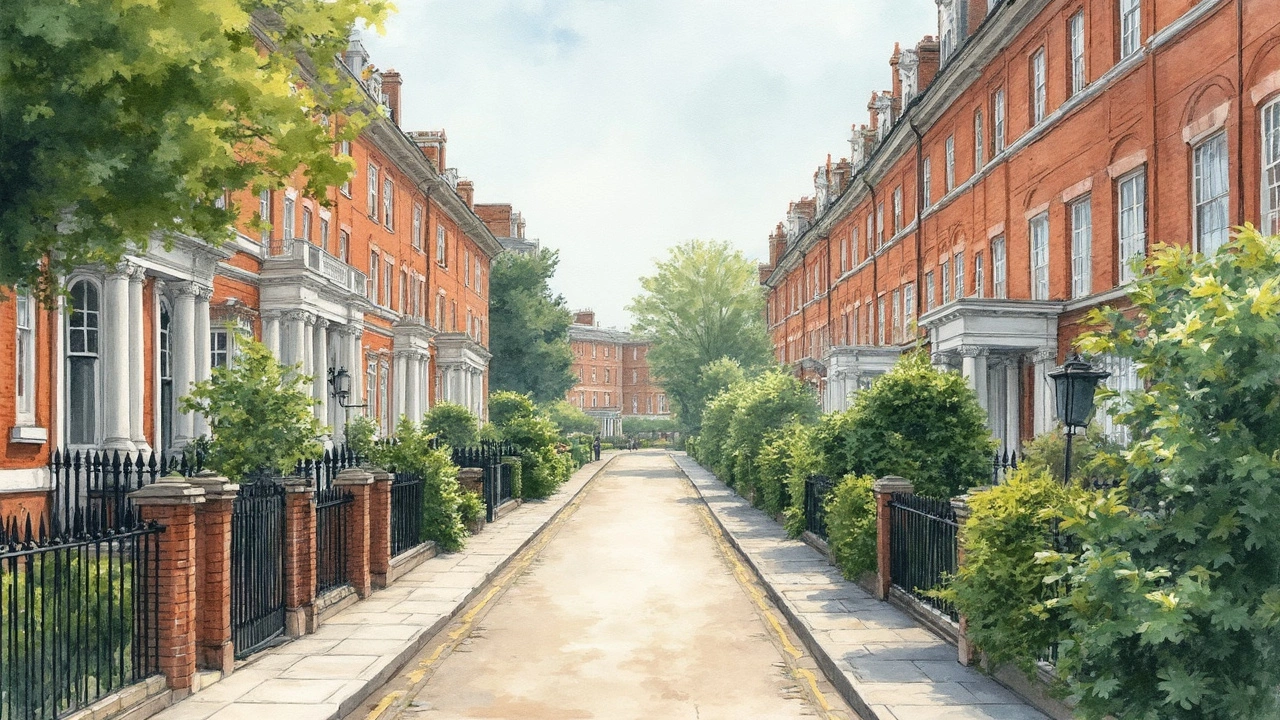
Colonial Architecture: Exploring Timeless Styles and Historical Influence
Explore the rich world of colonial architecture—its styles, history, and legacy. Learn fun facts, useful tips, and why colonial homes are still beloved today.
Read more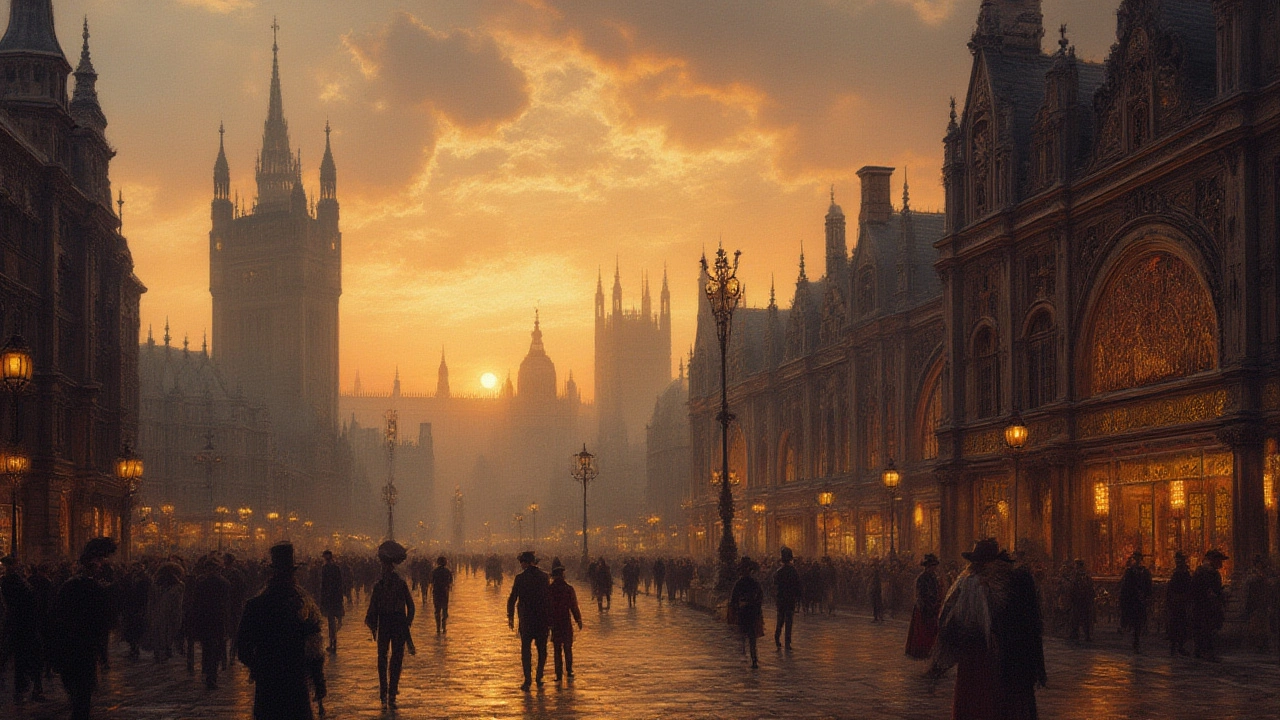
Gothic Revival Architecture: Exploring History, Features and Timeless Appeal
Discover Gothic Revival architecture: its roots, key features, striking examples, and tips for spotting this dramatic style everywhere you go.
Read more
American Craftsman Design: History, Key Features, and Timeless Appeal
Explore American Craftsman design, its history, signature features, real-life examples, and modern ways to bring this timeless architectural style into your home.
Read more
Byzantine Architecture: Cultural Meaning, Heritage, and Lasting Impact
Discover how Byzantine architecture shaped Eastern culture, faith, and art. Explore iconic buildings, their influence, and why these ancient walls still matter today.
Read more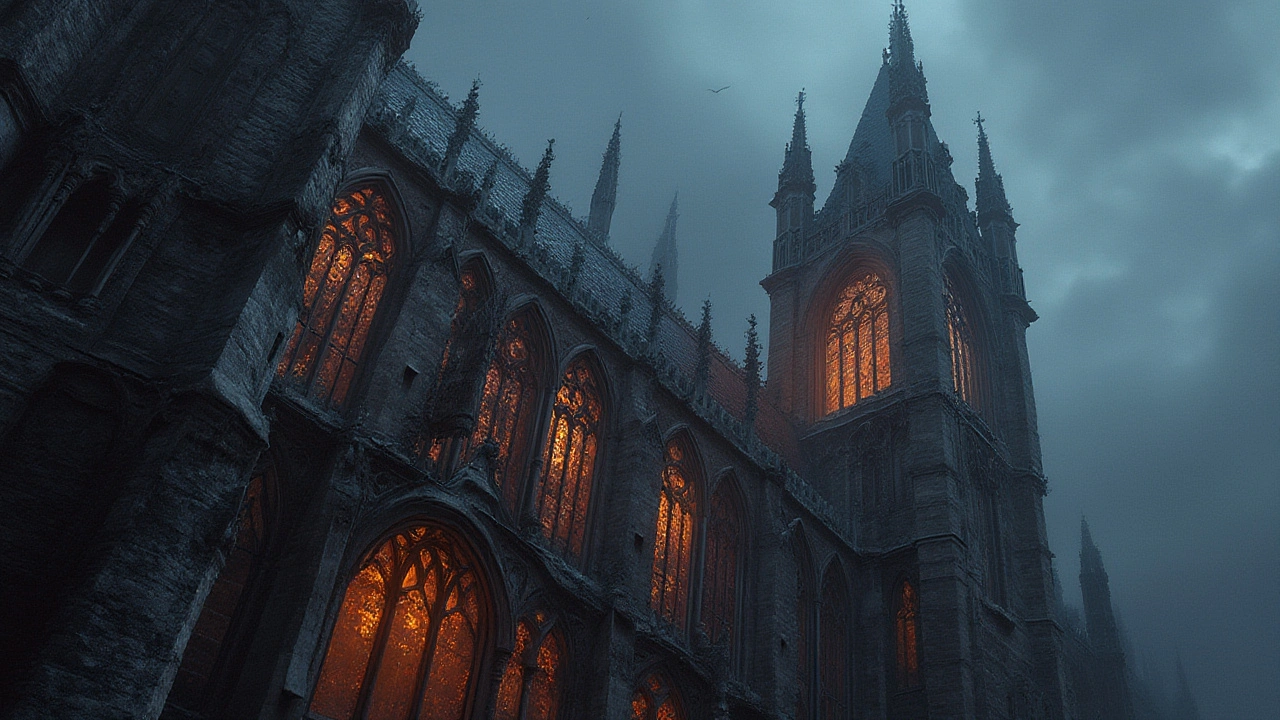
Gothic Revival Architecture: Imagination and Innovation in Every Spire
Explore the fascinating world of Gothic Revival architecture, from its stunning arches and gargoyles to how it defines creativity in design. Discover facts, tips, and its timeless charm.
Read more